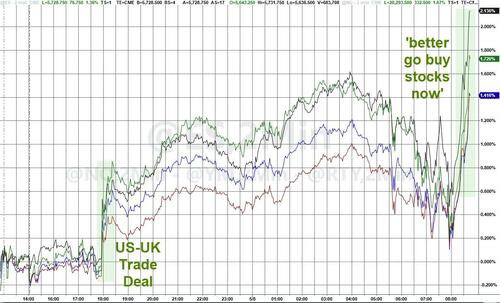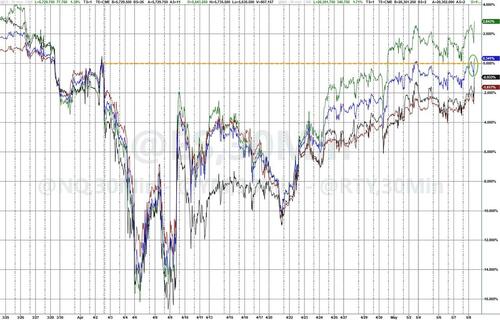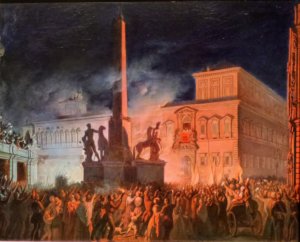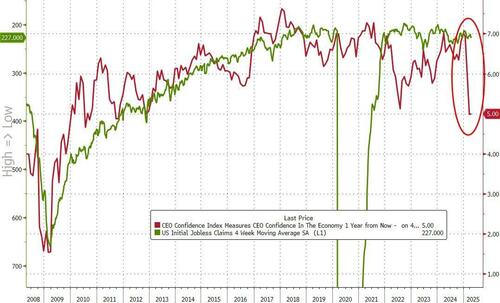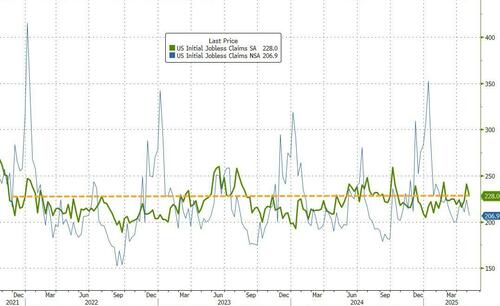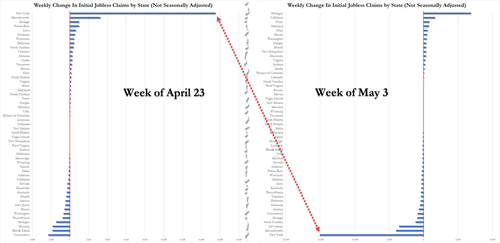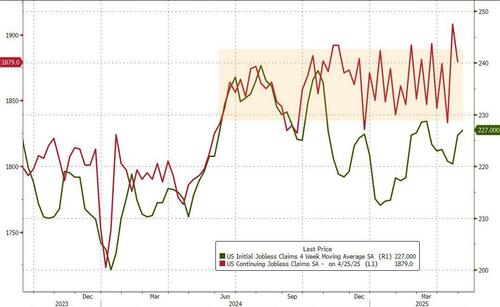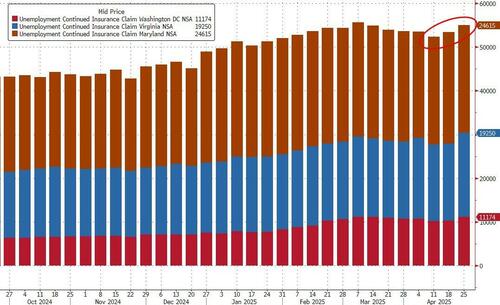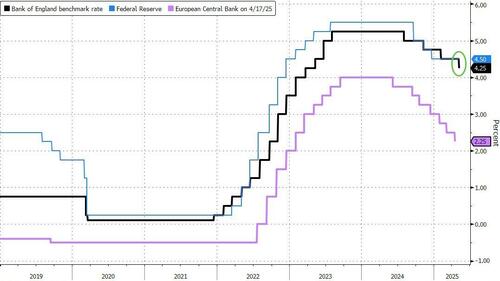I was very much taken with Ann Barnhardt’s recent discussion this Christmas about the parallels between the arrangement of the Jewish high priests at Christ’s execution, and that of Bergoglio and Pope Benedict XVI during this, their execution of authentic Catholicism. Her post is titled:
Myself, I could not help but dig deeper and follow this rabbit hole for a while. And so, I’ve recorded the following:
# # #
The online Jewish Encyclopedia only further bolsters what you’ve said this past week in regards to Annas, who at Christ’s time, was the true and recognized high priest, while Caiaphas was a Roman installment:
“Annas is the high priest who appears in the New Testament as holding this office along with Caiaphas, his son-in-law (Luke, iii. 2). In fact, one passage calls him plainly the high priest (Acts, iv. 6), while Caiaphas is merely a member of the hierarchic family. It is into Annas’ hands that Jesus is delivered for his first hearing, ere being sent to Caiaphas (John, xviii. 13), though in another passage (John, xi. 49, 51) Caiaphas is styled the high priest of that year. From these citations it is obvious that though Caiaphas was the properly appointed high priest, Annas, being his father-in-law and a former incumbent of the office, undoubtedly exercised a great deal of the power attached to the position. The use of the singular in the passage in Luke, in fact, is interpreted by Dr. Plummer as significant of this circumstance: ὲπὶ ἀρχιερέως ‘Αννα και καιάψα—”under the high priest Annas-Caiaphas,” which would mean “that between them they discharged the duties, or that each of them in different senses was regarded high priest, Annas de jure [Acts, iv. 6] and Caiaphas de facto” (John, xi. 49). Plummer’s further suggestion that Annas may have been encouraged, “so far as it was safe to do so, to ignore the Roman appointments and to continue in office during the high-priesthoods of his successors,” must be noted, particularly in view of the fact that government appointments to religious offices were always discountenanced by the Jews.
https://jewishencyclopedia.com/articles/1554-annas
Ann, I was reflecting on your post this week about the parallels between the situation of Annas and Caiaphas with that of Pope Benedict and Bergoglio. Struck by the typological parallels, I dug into things a little further. And, well, I found it VERY interesting how John 18:24 describes how Annas delivered our Lord, bound up, into the fatal claws of Caiaphas:
“And Annas sent Jesus bound to Caiaphas, the high priest.”
I think that in much the same way, the earthly Catholic Church was likely delivered, bound. The authentic Church has been restricted, tied up, and restrained thanks largely to Vatican II and the cheerleading modernist popes that came afterwards. Subdued, Catholicism was passed into the bitter, spiteful hands of our own “Caiaphas,” the Project-Gladio-deep-state-installed polytheist, Jorge Bergoglio. And like the Caiaphas, Bergoglio seeks a public humiliation of Catholicism before its final execution.
Furthermore, I found it very interesting that according to Talmud scholars, the “house of Annas” was regarded as wealthy and accursed, and he was considered one of a number of corrupted priests that characterized a whole generation of priests at that time.
“The character of the High-Priests during the whole of that period is described in the Talmud in terrible language. And although there is no evidence that “the house of Annas“ was guilty of the same gross self-indulgence, violence, luxury, and even public indecency, as some of their successors, they are included in the woes pronounced on the corrupt leaders of the priesthood, whom the Sanctuary is represented as bidding depart from the sacred precincts, which their presence defiled. It deserves notice, that the special sin with which the house of Annas charged is that of “whispering“ —or hissing like vipers—which seems to refer to private influence on the judges in their administration of justice, whereby “morals were corrupted, judgment perverted and the Shekinah withdrawn from Israel.“
The Life and Times of Jesus the Messiah, by Alfred Edersheim, pg. 667
Certainly, it is true, that the current priesthood in Rome lives a hedonistic, opulent lifestyle. And isn’t it fascinating how Pope Benedict, also, is located in the middle of a gaggle of effeminate, gossipy, “hissing” corrupt priests who can’t seem to exact any kind of justice or clean out any corner of their districts?
The scholar Edersheim drives home the point that Annas, in all reality, was the likely true and recognized high-priest, while Caiaphas was a mere figurehead:
“But although the expression “High-Priest“ appears sometimes to have been used in a general sense, as designating the sons of the High-Priests, and even the principal members of their families, there could, of course, but only one actual High-Priest. The conjunction of the two names of Annas and Caiaphas probably indicates that, although Annas was deprived of the Pontificate, he still continued to preside over the Sanhedrin – a conclusion not only borne out by Acts iv. 6, where Annas appears as the actual President, and by the terms in which Caiaphas is spoken of, as merely ‘one of them,’ but by the part which Annas took in the final condemnation of Jesus.”
Even the duration of Annas and Pope Benedict XVI’s tenure are somewhat similar, Annas having reigned for 9 years, and Benedict reigning for 8 years.
This far down the rabbit hole, I only feel more confirmed about this parallel when I reflect on Emmerich’s remark of “I saw also the relationship between two popes,” Melanie of La Salette’s mention of the “two shaky, servile, doubtful popes,” or how Sr. Lucy at Fatima saw a doubled, mirror image of a pope figure in her vision, such that one was real, tangible, and legitimate, while the other was a fake, phantom copy.
But these things all said, I would not go so far as to say that Pope Benedict is exactly like Annas. The latter came from a wealthy family, but Ratzinger was born to a poorer family. Annas was unscrupulous according to Jewish historians, but Pope Benedict was always careful and deliberate. Annas was spiteful and cartoonishly hateful to our Lord, but Pope Benedict has not been like that at all. I say: give credit where credit is due in that regard.
Yet, certainly, the arrangement and political structure of these two popes is the same as that of the two high priests at Christ’s execution. There is no doubt about it. The Lord likes to have world move through time in a vaguely repeating spiral. Once more, we see that history and world events are typological. The great edifying lesson from these moments: it’s all planned, it all has an elegant structure, and the Lord Above it All can see it in its entirety from end to end.



 “The race of man, after its miserable fall from God, the Creator and the Giver of heavenly gifts, ‘through the envy of the devil,’ separated into two diverse and opposite parts, of which the one steadfastly contends for truth and virtue, the other of those things which are contrary to virtue and to truth. The one is the kingdom of God on earth, namely, the true Church of Jesus Christ; and those who desire from their heart to be united with it, so as to gain salvation, must of necessity serve God and His only begotten Son with their whole mind and with an entire will. The other is the kingdom of Satan, in whose possession and control are all whosoever follow the fatal example of their leader and of our first parents, those who refuse to obey the divine and eternal law, and who have many aims of their own in contempt of God, and many aims also against God…
“The race of man, after its miserable fall from God, the Creator and the Giver of heavenly gifts, ‘through the envy of the devil,’ separated into two diverse and opposite parts, of which the one steadfastly contends for truth and virtue, the other of those things which are contrary to virtue and to truth. The one is the kingdom of God on earth, namely, the true Church of Jesus Christ; and those who desire from their heart to be united with it, so as to gain salvation, must of necessity serve God and His only begotten Son with their whole mind and with an entire will. The other is the kingdom of Satan, in whose possession and control are all whosoever follow the fatal example of their leader and of our first parents, those who refuse to obey the divine and eternal law, and who have many aims of their own in contempt of God, and many aims also against God…





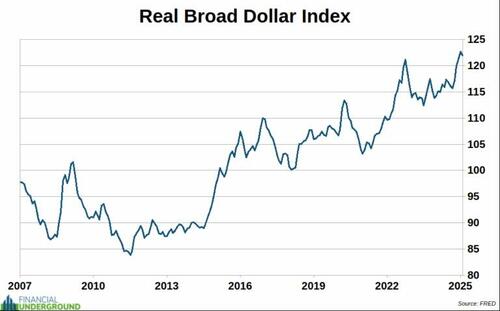
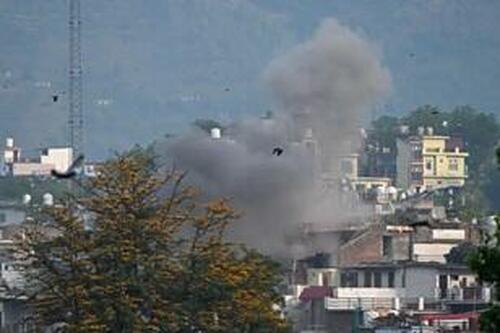 Shell hits the main town of Poonch district in Indian-administered Kashmir, AFP
Shell hits the main town of Poonch district in Indian-administered Kashmir, AFP Source: @detresfa_
Source: @detresfa_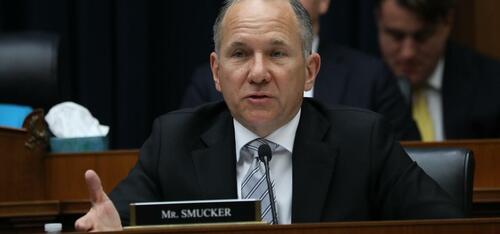


 WHITE SMOKE!
WHITE SMOKE!

